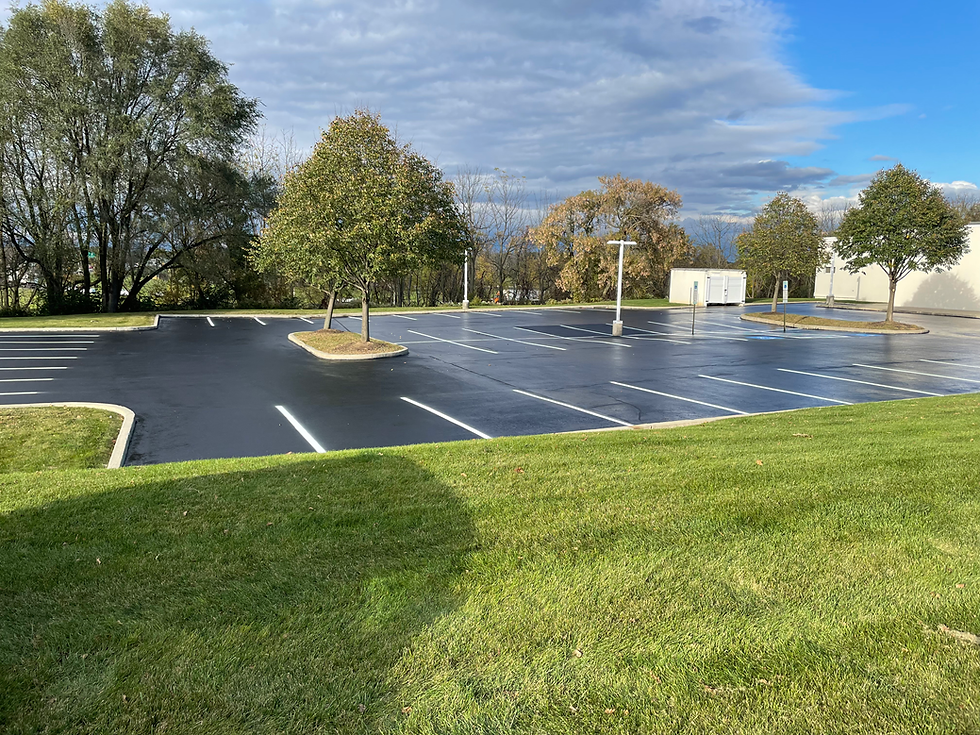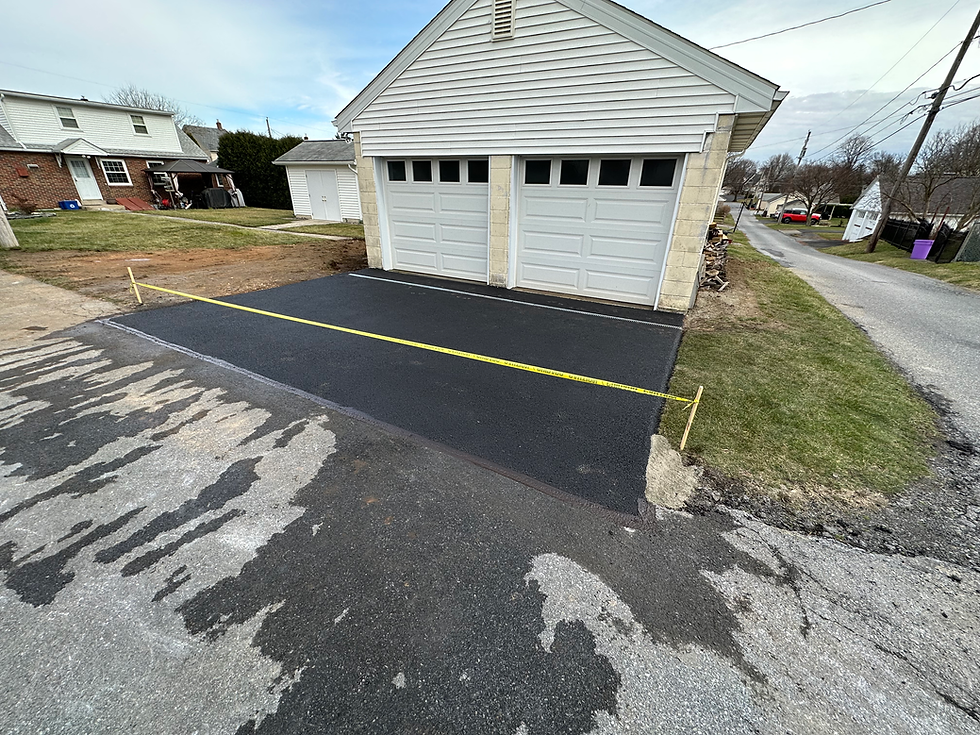Driveway Red Flags: How to Identify When Your Asphalt Needs Resurfacing
- Hick's Paving
- Aug 13
- 2 min read
Asphalt driveways are a popular choice for many homeowners due to their durability and cost-effectiveness. However, like any other surface, they require regular maintenance and timely intervention to prolong their lifespan. At Hick's Paving, we specialize in providing insights into when and how to maintain your driveway to ensure it continues to serve you well. Identifying the signs that your asphalt driveway needs resurfacing can save you money and enhance curb appeal.

Recognizing the Warning Signs
Understanding when your asphalt driveway is due for resurfacing involves looking for specific signs. Below are the top red flags to keep an eye on:
Cracks and Fissures: Small cracks can develop into significant problems if not addressed. If you notice cracks wider than a quarter of an inch, it’s a strong indication that resurfacing is needed.
Potholes: Potholes are a clear sign of wear and tear. If they are forming, it's essential to have your driveway inspected for potential resurfacing.
Surface Raveling: If the surface aggregate is coming loose or the asphalt seems coarse, it may be time to consider resurfacing.
Pooling Water: If you notice water pooling on your driveway rather than draining, it could indicate that the slope is deteriorating, warranting resurfacing.
Unsightly Appearance: Fading, discoloration, or an overall neglected look can detract from your home’s curb appeal. A fresh surface can rejuvenate your driveway’s appearance.
Proactive Measures to Maintain Your Driveway
To extend the life of your asphalt driveway and delay the need for resurfacing, consider implementing these proactive measures:
Regular Cleaning: Remove debris, leaves, and dirt that can trap moisture and lead to deterioration.
Sealcoating: Applying a sealcoat every couple of years can provide a protective barrier against UV rays, oil spills, and water damage.
Prompt Repairs: Address small cracks and issues as soon as they arise to prevent more significant problems later on.
Proper Drainage: Ensure that drainage systems are functioning effectively to prevent water from pooling.
The Resurfacing Process
Once you’ve identified the need for resurfacing, understanding the process can make it less daunting. Here’s a step-by-step guide to what you can expect:
Inspection: A thorough inspection is conducted to determine the extent of damage and what areas need resurfacing.
Preparation: The existing asphalt surface will be cleaned and prepped by filling cracks and potholes.
Resurfacing: A new layer of hot-mix asphalt is applied to the surface, typically around 1-2 inches thick.
Compaction: The new asphalt is compacted to create a smooth and durable surface.
After resurfacing, it is recommended to allow the new surface to cure before driving on it, usually for 24-48 hours. At Hick's Paving, we strive to ensure that your resurfacing process minimizes inconvenience while enhancing the longevity and aesthetics of your driveway.
Recognizing the red flags indicating your asphalt driveway needs resurfacing can prevent extensive damage and costly repairs. Coupled with proactive maintenance measures, you can keep your driveway in optimal condition for years to come. When you notice any of these warning signs, remember that Hick's Paving is here to provide expert solutions tailored to your needs, ensuring your driveway remains safe and visually appealing.





